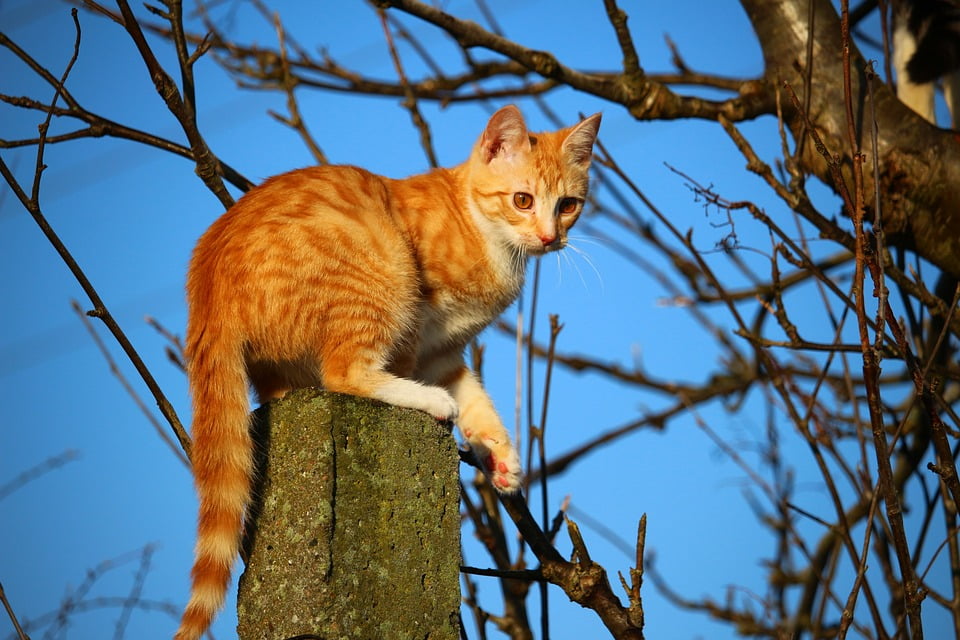

The spotted tabby gene “breaks up” the tabby pattern into spots. The tabby gene usually shows through the ticking, although the ticking is still evident. Charcoal tabbies are most common in the Bengal & Savannah breeds, and they have very distinct facial markings.

The charcoal tabby is a wild variation of the agouti gene that causes a random distribution of black on the pelt. (this kitty has the black ticking along her spine, forehead and tail, but doesn’t have any tabby stripes!) Charcoal Tabby This is most evident in breeds like the Somali, Abyssinian, and Singapura! These cats will have a light underside and dark back/body. If a kit inherits 2 copies of the ticking gene (meaning both parents are ticked), then they will NOT have the residual markings.

The ticking gene “masks” the regular tabby gene on the body, which is why ticked tabbies still have stripes on their face, tail, and legs - these are called residual markings. The color on the hair shafts alternates, giving these cats a “salt-and-pepper” look. The other tabby patterns seen in cats are gene modifiers that affect the tabby gene and change it. There are, in essence, 2 tabby patterns - Mackerel (tiger stripes) and Classic (blotched). If a red/cream cat appears solid, it is because they are a ticked tabby. There is no such thing as a “solid” red or cream cat. Hi hi, so i noticed some people have trouble with identifying/understanding how the tabby gene works, so i thought i would make an easy guide for you!!


 0 kommentar(er)
0 kommentar(er)
